Often it is said one should learn chess first by learning the endgames. Unfortunately those who repeat such phrase like parrots don’t really understand there is another phase of the game which should be taught first, and which is as well as important: the checkmates!
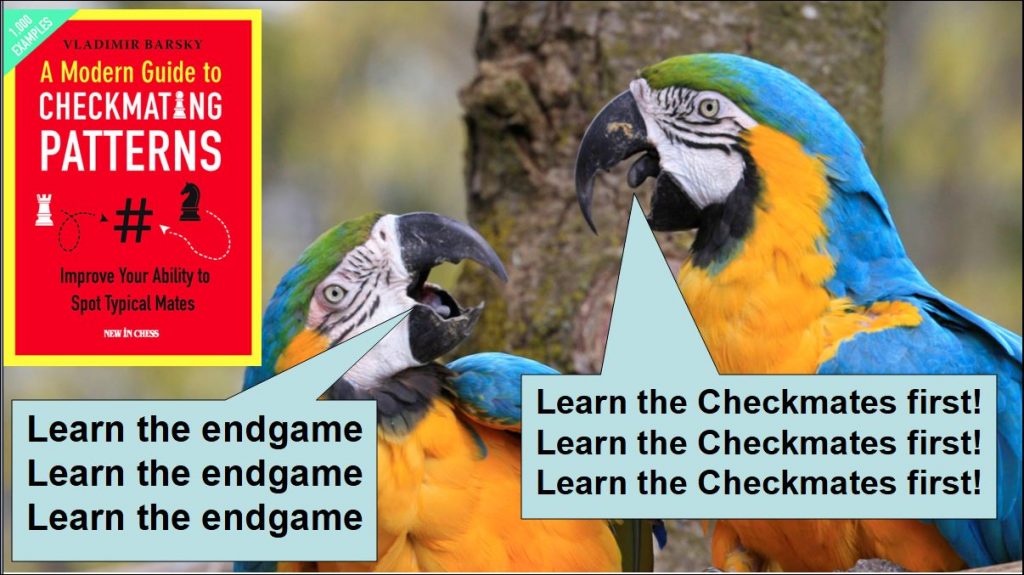
Learning checkmates should be fundamental, because it will introduce the player to the idea that different pieces have different ranges. Yes, a bishop is like a cannon which can shot very far, and the rook is definitely a tank which can steamroll over walls, while a knight is like a ninja able to jump over the walls and roofs to enter the houses he intends to commit his crimes.
This book took ten years in the making! I was pleased and interested in knowing the author worked closely with Khenkin who authored a really great book on checkmates.
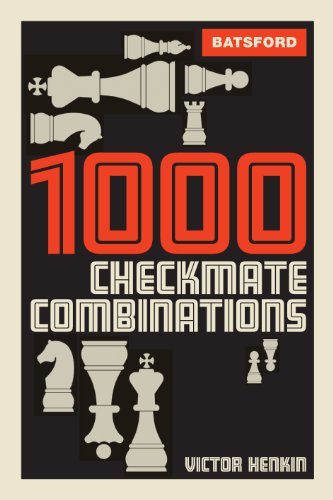
Khenkin’s book is fundamental, but maybe aimed at more advanced players, because often the combinations leading to checkmate, used as exercises in his book, are quite difficult to solve. While this book, in my opinion, is perfect for beginners, amateurs, and club players who want to be sure they learned the most common checkmate motifs.
The book is made by ten chapters, in which after an introduction upon the piece or idea, the author wants to explain, we find endless positions with which to train and improve our chess.
Chapter One is titled: The rook, there are over 10 examples to explain the main motifs of checkmates with the rook, and 60 exercises, here an example of a page of exercises:
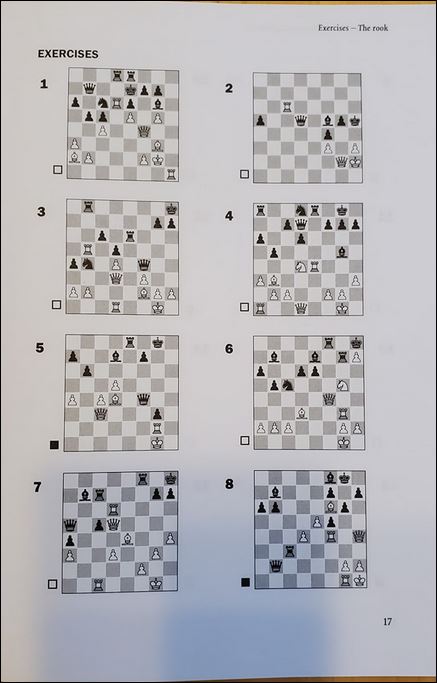
Chapter Two
This chapter is dedicated to the strongest piece on the board, chess is often a reflection of life, a queen a woman must be strong to overcome the challenges of life. Hence we see how the game of chess mirrors life and teaches us something which goes beyond the 64 squares.
While the queen is able, if the enemy pieces hinder the king’s escape, to give checkmate by herself, In this chapter we learn also how the queen works in collaboration with another piece, and Barsky shows us typical position in which pawns on some squares help us doing that.
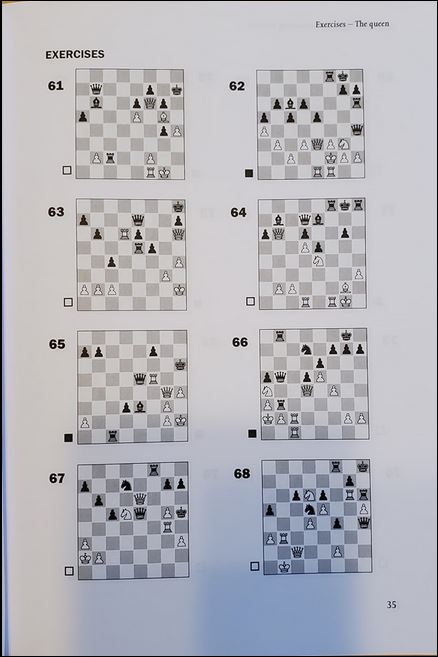
Chapter Three
This chapter explores how knight, bishop, and pawns all work together to give checkmate. Sometimes as single piece at the end of a combination, sometimes as a combination of two pieces which together control some squares and through checks smother the enemy king.
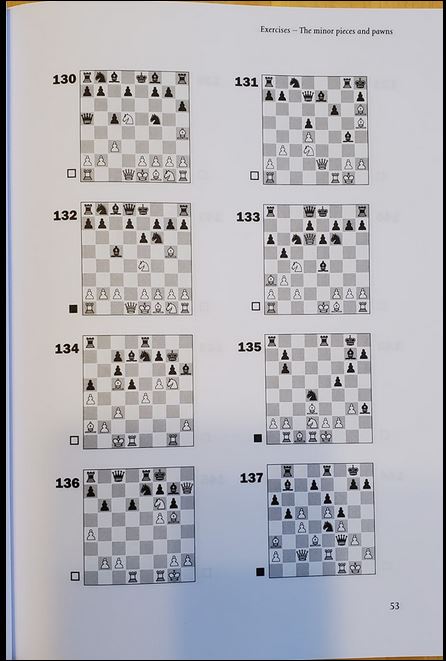
Chapter Four
Two rooks can be phenomenal foe to dealt with, even for a queen! This chapter shows how amazing they are.
For example I encountered the following position during my chess studies. In my opinion it well explains the power of the two rooks. Please don’t move the pieces and see if you can find the best continuation at the right moment.
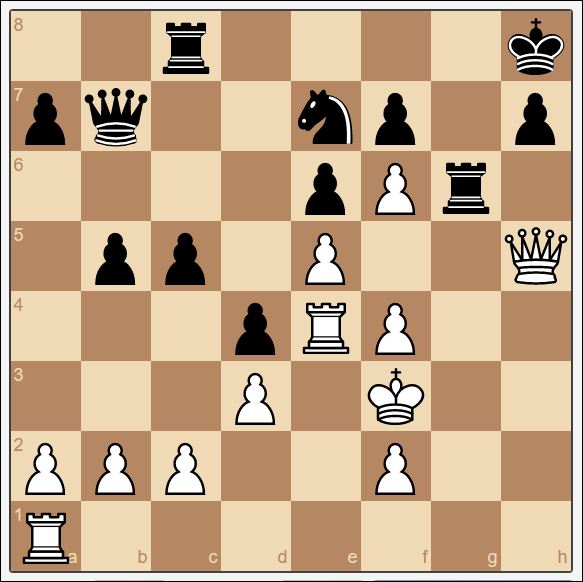
After the moves: 1. Rh1 h6 2. fxe7 Qxe7 3. Ree1 c4 4. Reg1 Rcg8, can you find the best continuation?
Here an image of one of the pages dedicated to the exercises of this chapter:
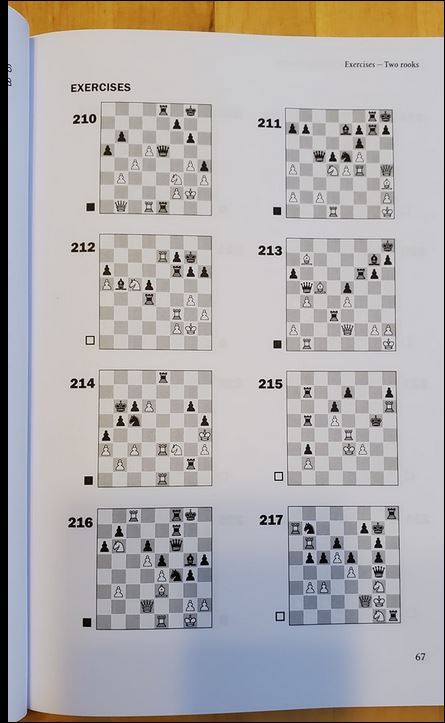
Chapter Five
In this chapter the author explores the cooperation between rook and bishop to give checkmate.
This is one of the games/example used in the beginning of the chapter to familiarize the reader with such patterns:
By the way, for those who love Carlsen, this game is game numero 1 in the book: Magnus Carlsen 60 memorable games, written by GM Andrew Soltis.

Returning to the book, here is one of the pages of exercises:

Chapter Six
Chapter Six is dedicated to the checkmates by rook and knight. I found quite interesting one of the examples used by Barsky which comes from the Israel championship 2011 which I cannot find in Megabase 2021. This could be the reason to buy this book, because it has as examples some games which are not available even in huge commercial databases like Megabase 2021 which has over 8 million games!
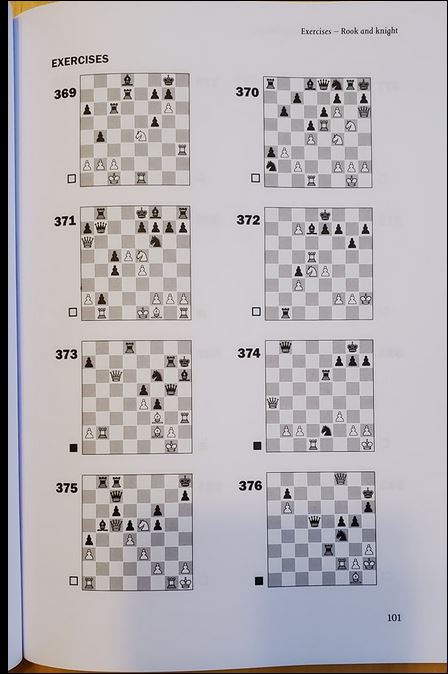
Chapter Seven
On chapter 6 I mentioned how it was impossible to find some games used as examples, the same happened in this chapter. The words of the author in the beginning of the book seems quite true, he took over 10 years to make this book, and he selected examples from unknown tournaments, which he selected through the years.

Chapter Eight
This chapter well counter the previous one, in which we learn to appreciate the differences between the bishop-queen cooperation (both are long range pieces) in contrast with the knight-queen cooperation, the knight being a short range piece, needs to be near in order to deliver maximum damage.
The following game well exemplify such idea:
And then one page of the exercises!
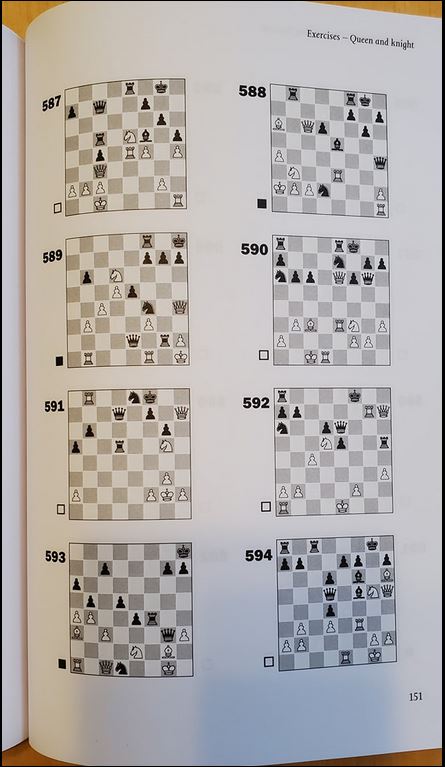
Chapter Nine
The truth is that games at top level don’t generally ends in checkmates, but there are some hidden tactical blows which would lead to a checkmate, this let one of the two players gain a material advantage which can then be converted into the endgame.
The chapter begins with a game by Anand versus Dreev in which the author shows just that. Here the entire game, but in the book the initial position is shown from move 27 in which Anand finds a hidden tactical resource which tricked Dreev!
And here the page of exercises, to give the reader of this review a glimpse into the amount of hard work he’ll land into!
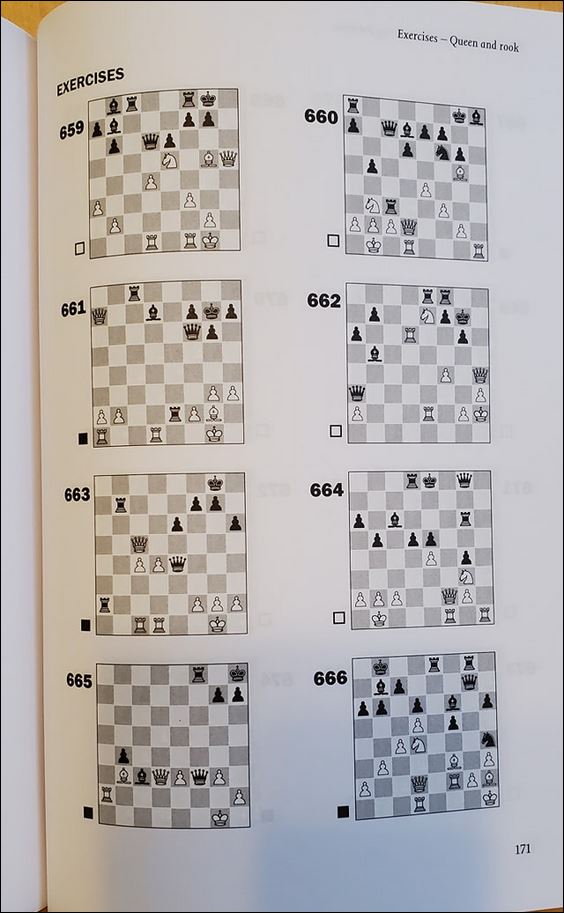
Chapter Ten
The book is ending, and leaving us with a final chapter teaching us all about geometry and the coordination between 3 pieces, be they the bishops and knight, or rook, bishop and knight, etc.
The hard work will definitely pays off. A final page of exercises for those still on the fence.
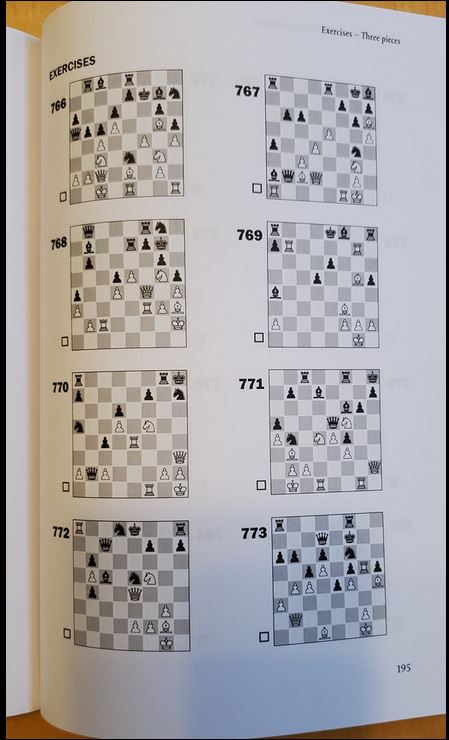
Chapter 11 is about the solution to the over 850 exercises we have in this good book.
Pro and Con: maybe a book like this one needs an electronic format, in which the reader solves the exercises over and over.
The solutions are at the end of the book, maybe it was nicer to have them after each page. Every page has 8 diagrams of positions to solve, one could adopt a routine of waking up early, solve the 8 positions, turn the page and check if he did it correctly. In this way one does not see solutions which he doesn’t want to see, and can check immediately his performance.
Final Thoughts: this book is fundamental for all those amateurs who want to start in chess with the right foot. You need to learn checkmates, you need to learn endgames, and then some middlegame and opening ideas, and then if someone is serious develop an opening repertoire. But the first step is to acquire a book like this one and study it cover to cover. IM Barsky is clearly an expert coach, and his decade long research into this topic is showing us how lucky we are when we find a top professional like him sharing his research for a price which is one fourth of what we’d pay a GM for one hour.
I understood how precious this book was, when I began to search the games used as example, and found I couldn’t find many of them, showing me I was receiving top selected positions from a great coach! However, today we are in a world where we generally live with our phones 24/7, so maybe a great book like this one should be translated into an Android or Apple App which trains us repeatedly to solve and memorize these fundamental checkmate patterns everyone must know to achieve the next step in the journey to chess mastery.
